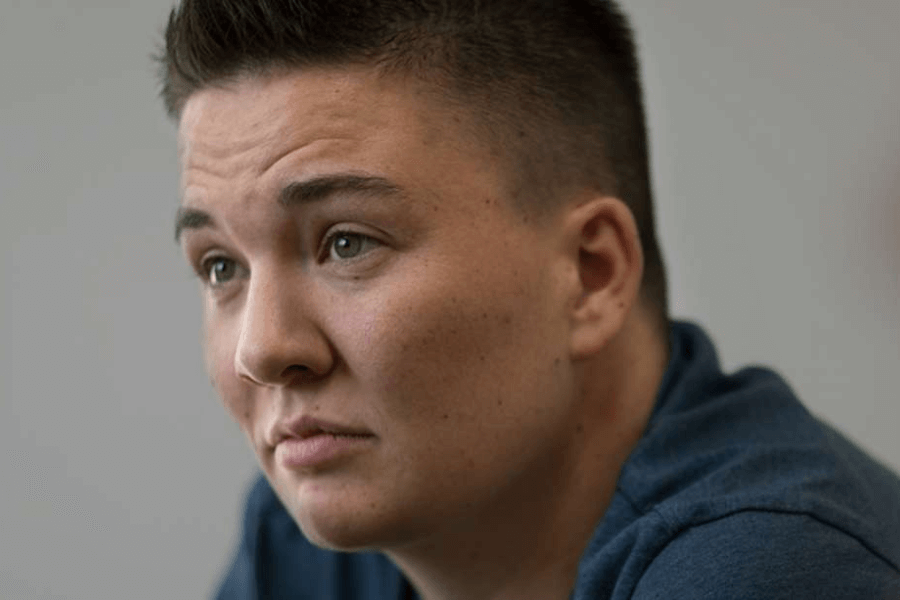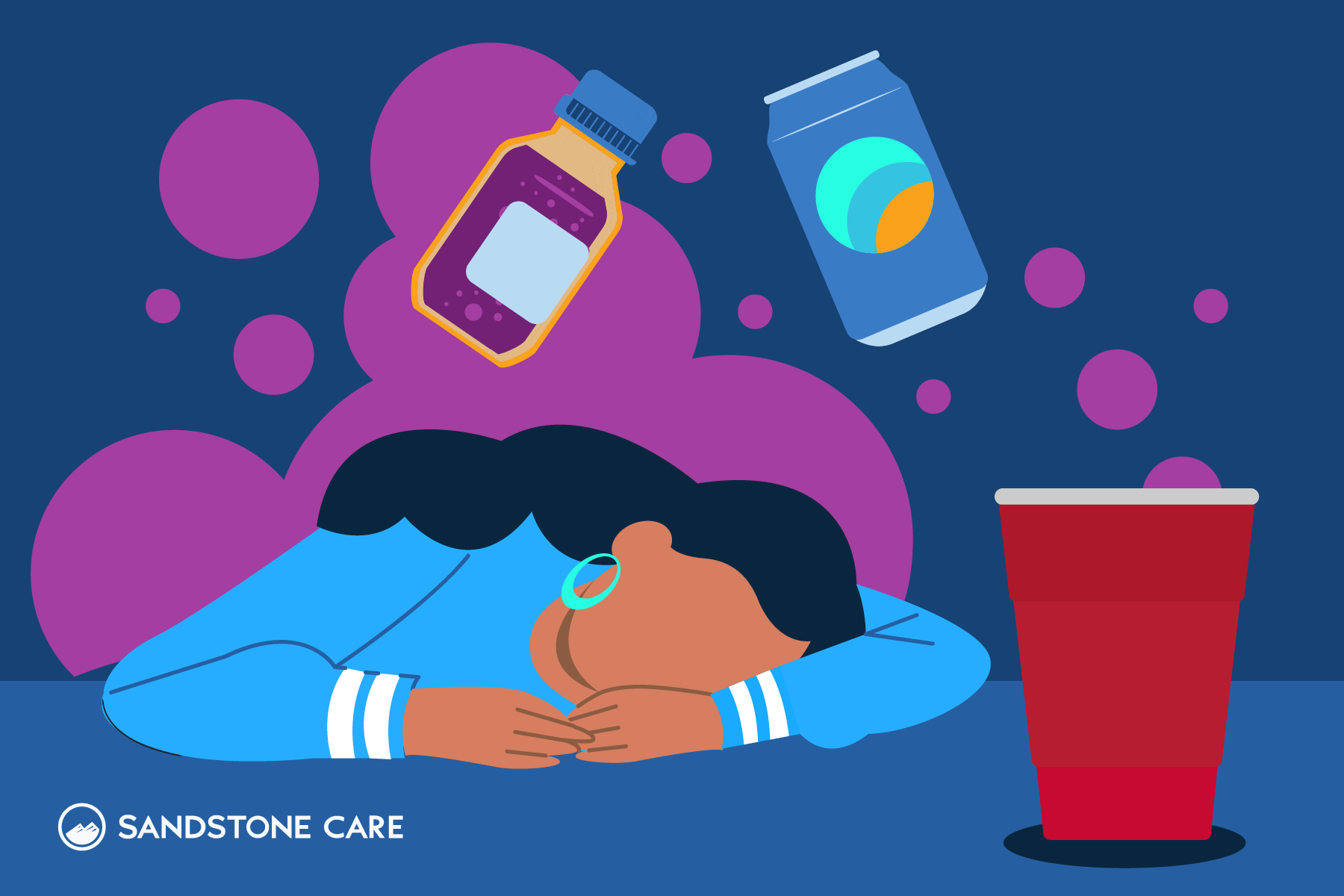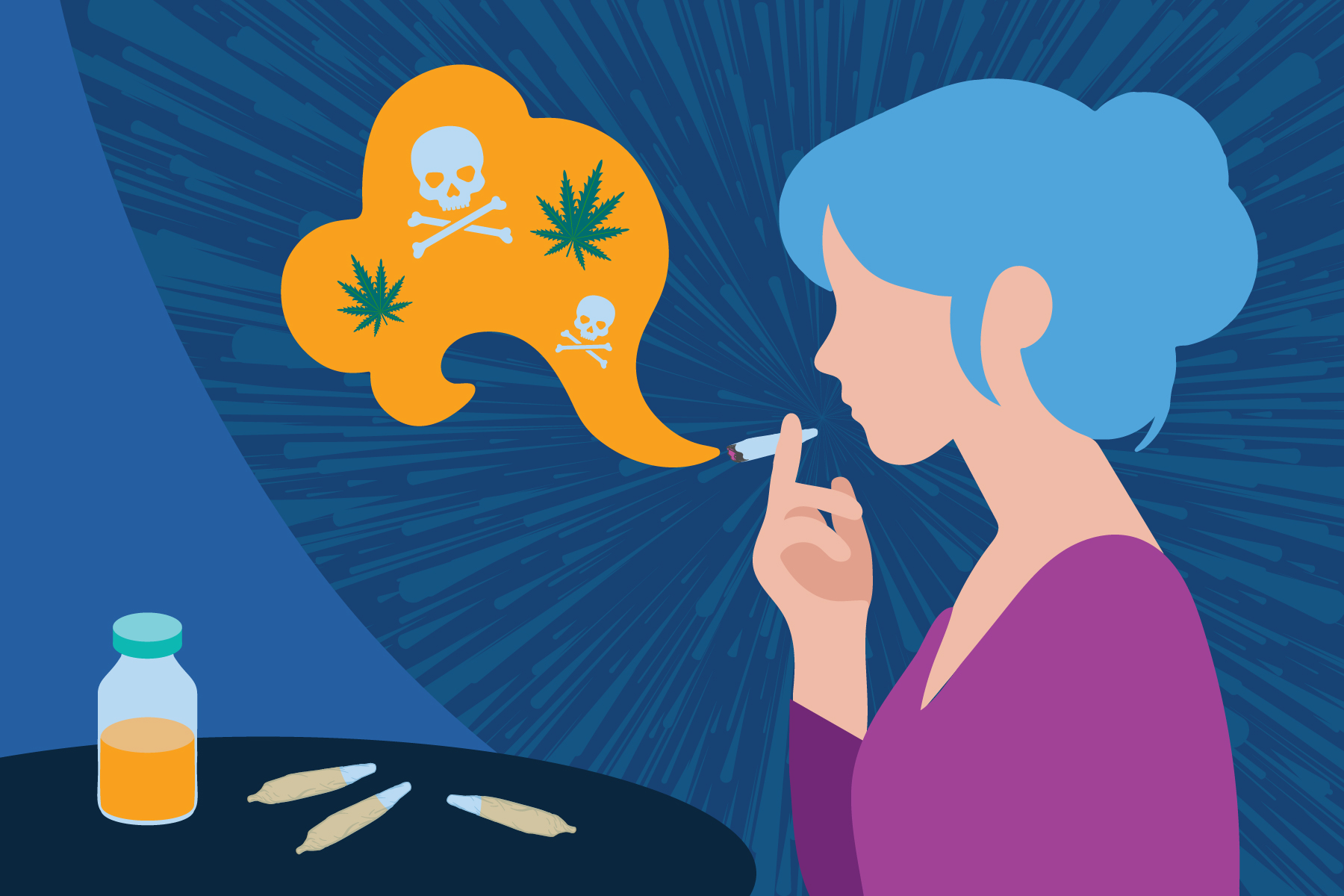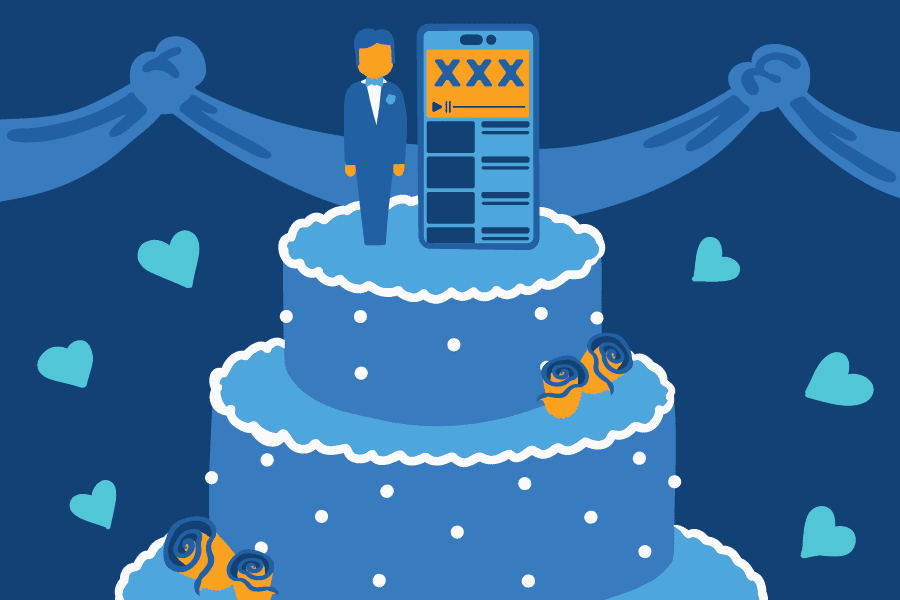Young Adults and Prescription Drugs
If you’re a young adult, you’re probably finding yourself going through a period of major transitions – the bridge between your teenage years and the full-fledged independence of your adulthood. You likely have some significant life changes taking place.
From establishing your career path to paying your own rent and bills, you may be taking on a lot of responsibilities, and these can make life stressful.
Those pressures can add up, and they can make it tempting to use certain substances to relax. It can also be tempting to use pills and other drugs to get more energy to complete all of your tasks at hand. As a result, maybe you’ve started using prescription drugs like Xanax or Adderall.
Since these drugs are prescribed by doctors, it’s understandable that people might think they’re harmless. But using them without a prescription can have serious consequences including severe psychological problems, dependence, addiction and even fatal withdrawal symptoms. In fact, more Americans now die of prescription drug overdoses than of car accidents.
These risks are serious. If you’re dependent on or addicted to prescription drugs, you need professional treatment in order to quit using safely. Let’s take a look at what prescription drugs are commonly misused, how addiction develops and what you can do if you’re struggling with prescription drug abuse.
How Prescription Medications are Misused
Prescription drugs are pills, liquids and other forms of medicine that a doctor or other qualified medical professional has ordered for a specific patient, for a specific medical purpose.
Medical professionals who can prescribe these drugs consider many factors, such as the patient’s weight and medical history, and they’re careful to provide the proper dosage amounts. Because these substances have potentially dangerous side effects, they’re not available over the counter.
No one other than the patients themselves should use their prescription – even if they have the same medical condition. Even patients can use medications only in the amount and method that was prescribed. But unfortunately, because these drugs are prescribed so frequently, many young adults obtain and use them illegally.
Painkillers, sedatives, tranquilizers and stimulants are misused for various reasons, including the following:
- To feel good or to relax
- To concentrate better
- To lose weight
- To have more energy
- To relieve anxiety
- To sleep better
Many types of prescription drugs are misused, but the most common are:
Opioids: Doctors prescribe opioids mainly for pain relief. The most common opioids include codeine, Vicodin and OxyContin.
Depressants: Depressants are prescribed for people with anxiety or sleeping problems. The most popular depressants are Valium and Xanax.
Stimulants: Stimulants are prescribed mainly to treat attention-deficit hyperactivity disorder (ADHD). The most common stimulants are Adderall and Ritalin.
Prescription Drug Abuse: A Growing Problem
Sadly, these drugs are misused frequently, and the problem is getting worse. According to the National Institute on Drug Abuse, 54 million Americans – 20 percent of the population 12 years old and over – have misused prescription drugs at least once. Even worse, the age group with the highest percentage of users is young adults.
One reason that the number of people who misuse prescription drugs is so high is that they’re easy to obtain. People get them from family members who have the drugs in their medicine cabinet, buy them online from fake pharmacies or illicit websites, get them from friends, or purchase them on the street.
The Dangers of Prescription Drug Use
If you’re using prescription drugs without a prescription, you’re putting your physical and mental health at risk. Here are some of the risks associated with prescription medication abuse:
Opioids (OxyContin, Vicodin, Codeine and Morphine)
The side effects of opioids include:
- Loss of consciousness
- Confusion
- Nausea
- Constipation
- Slowed breathing
Depressants (Xanax, Halcion, Librium, Klonopin, Amytal and Numbutal)
Depressants can cause the following side effects, among others:
- Drop in blood pressure
- Slowed heart rate
- Fever
- Loss of awareness
- Hallucinations
- Depression
- Loss of coordination
Stimulants (Adderall, Ritalin and Concerta)
The side effects of stimulants can include:
- Increased heart rate
- High blood pressure
- Elevated body temperature
- Inability to sleep
- Loss of appetite
One of the most serious aspects of each of these types of drugs is the danger of developing a dependence – the need to continue taking the drug just to feel normal. In this case, it’s extremely difficult to stop, because doing so results in withdrawal symptoms. Each type of drug has its own set of withdrawal symptoms, but some of the most common are:
- Inability to sleep
- Anxiety
- Stomach problems
- Fever
- Sweating
- Fatigue
- Nausea
- High blood pressure
- Mood swings
- Lack of concentration
- Headache
- Vomiting
- Depression
Self-Care Corner
If you’re concerned that you’re developing an addiction to prescription drugs, it’s imperative that you stop using as soon as possible. However, before you go about quitting on your own, be aware that some medications are very dangerous to quit cold-turkey, such as:
- Heroin
- Prescription opioids like fentanyl and hydrocodone
- Benzodiazepines like Xanax and Valium
These drugs can cause severe withdrawals that often drive people back to using even when they don’t want to. Symptoms range from uncomfortable to highly unsafe, and include confusion, psychotic paranoia and seizures.
Detoxing from prescription drugs should be done under the supervision of a medical professional with experience in treating addiction. They can help you by:
- Creating a schedule to taper off of your medication, allowing your brain to readjust and minimizing side effects
- Providing ways to manage your withdrawal symptoms and cravings
- Working with your addiction treatment therapists to ensure you have the psychological support you need
If you’re unsure of whether or not it’s safe to quit your prescription right away, talk to your doctor or an addiction specialist to find out the best course of action. Together, you can make a plan to safely get off of your medication and find a non-addictive alternative.
Addiction Risk of Prescription Drugs
Prescription medications can be addictive even when used as prescribed, as your brain and body adjust to the consistent presence of the substance in your system.
This tolerance-building phenomenon explains why many people need to change the dosage or type of antidepressant or benzodiazepine they take over time. And when prescription drugs are misused, that addiction risk skyrockets.
Once you build up a tolerance to a certain drug, you need higher doses to get the same effects, and trying to stop can result in unmanageable cravings. This can lead to addiction: the uncontrollable urge to use despite its awful consequences in your life.
Because addiction affects your neural pathways, essentially convincing your brain that you need the drug in order to survive, professional treatment is usually necessary to quit once you’ve reached this stage.
Who is at Risk for Prescription Drug Addiction?
Anyone who takes prescription drugs is at risk for addiction, but it’s most common among certain groups. Young adults experience prescription drug addiction more than any other age group, with 12 percent of people aged 18 to 25 admitting to having used narcotic prescriptions recreationally.
People with other addictions (e.g. to alcohol or other drugs), a history of addiction in their family, or a mental health disorder are also at higher-than-average risk.
How Painkiller Abuse Can Lead to Heroin Addiction
Many people who become addicted to prescription opioids or heroin were first introduced to opioids when using them as prescribed. Because of their intensely euphoric effects and extremely physically addictive nature, it’s all too easy for prescribed painkiller usage to quickly ramp up into an uncontrollable addiction.
When opioid prescriptions run out, people who are addicted often obtain more by “doctor shopping”, exploring other street drugs such as blues drugs, or turning to heroin.
What impact does this have on young adults? Let’s look at the statistics:
- 4 to 6 percent of those who abuse prescription painkillers eventually begin using heroin.
- People who use painkillers nonmedically are 19 times more likely to try heroin.
- 86 percent of intravenous drug users started with recreational prescription drug use.
- 80 percent of heroin users started out with prescription opioids.
The most common sources of opioids for young people are their own prescriptions and those of their friends and family members.
What to do if You’re Struggling with Rx Drug Addiction
If you want to stop using prescription drugs but feel like you can’t function without them, it can be hard to know where to turn. Keep in mind that every day, people recover from this problem.
Many people who were victims of prescription drug dependence or addiction have gone through the recovery process and are now living successful lives – and so can you. The first step is to get help, and a good place to start is your doctor or an addiction specialist.
Sandstone Care helps people every day who are recovering from problems like yours. Here, you can get the professional treatment you need and feel right at home in our warm and welcoming environment. Give us a call at 888-850-1890 to learn more.




